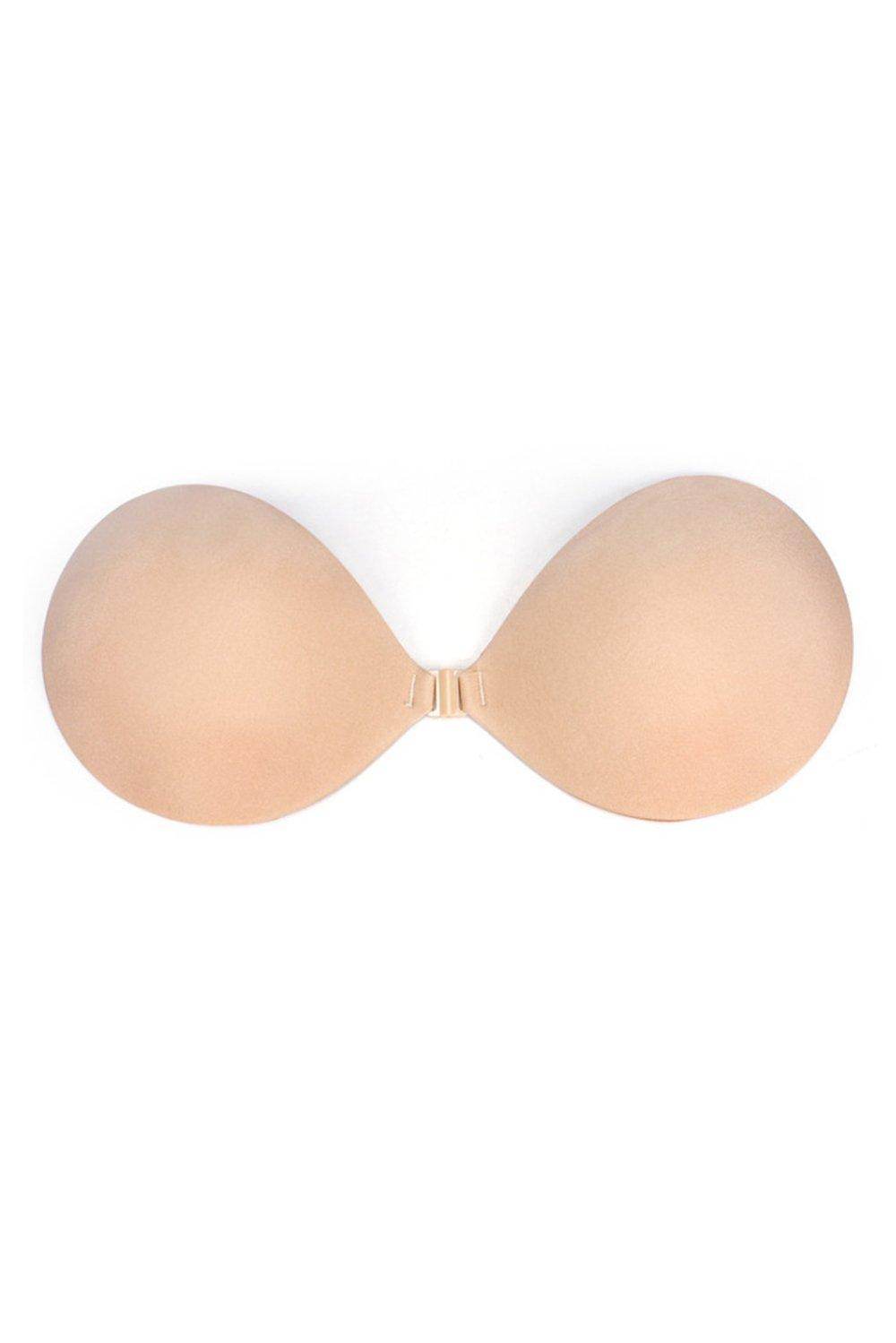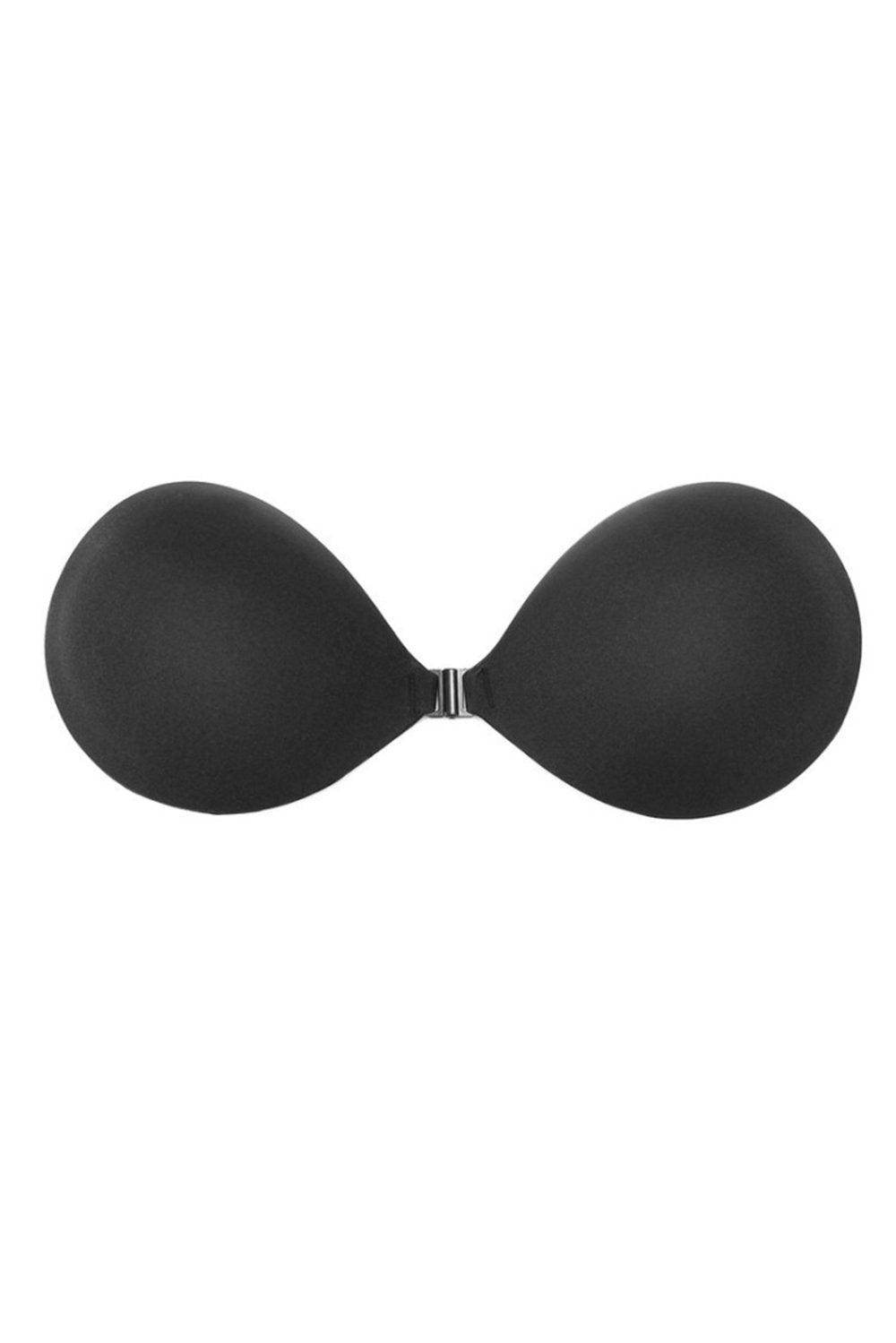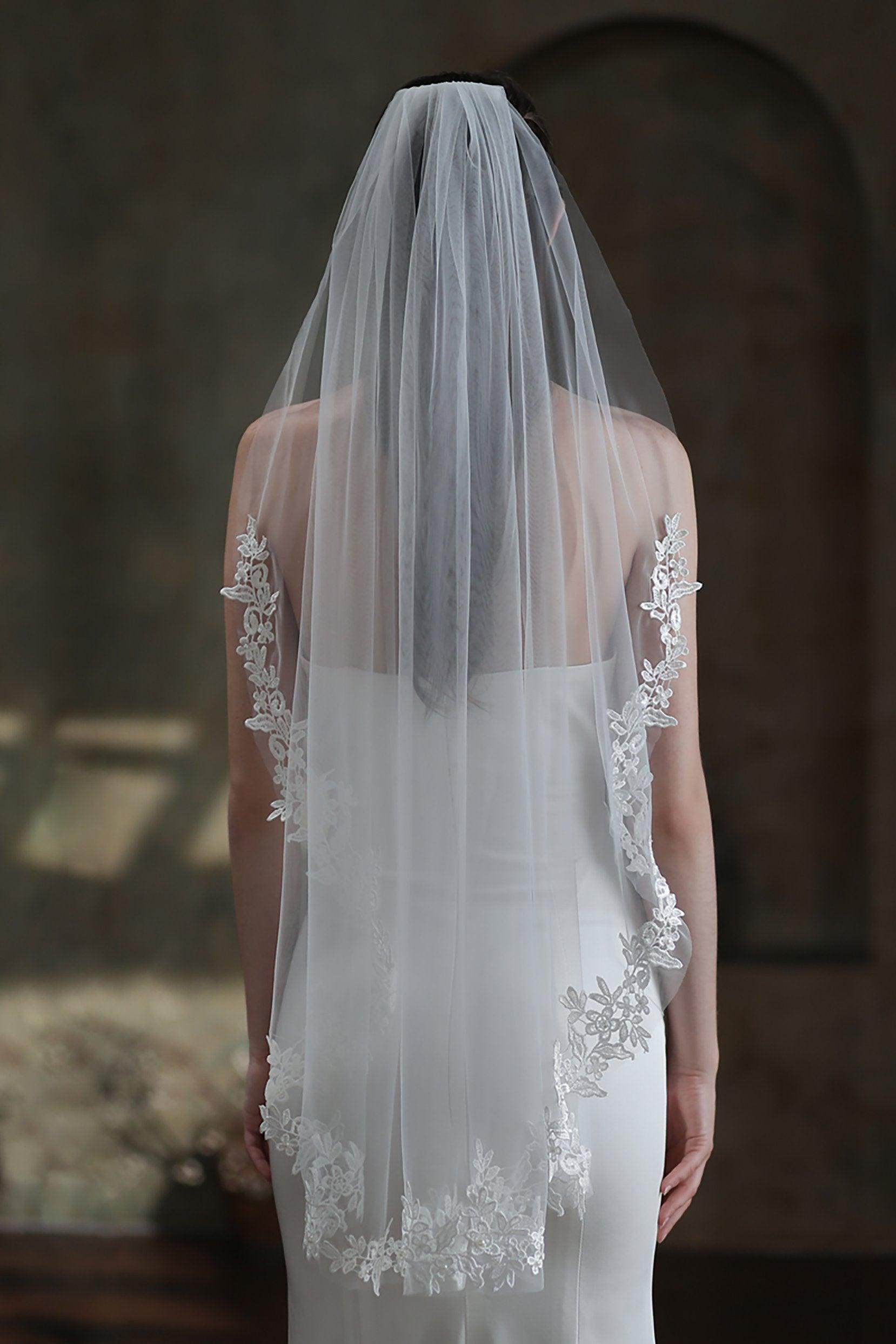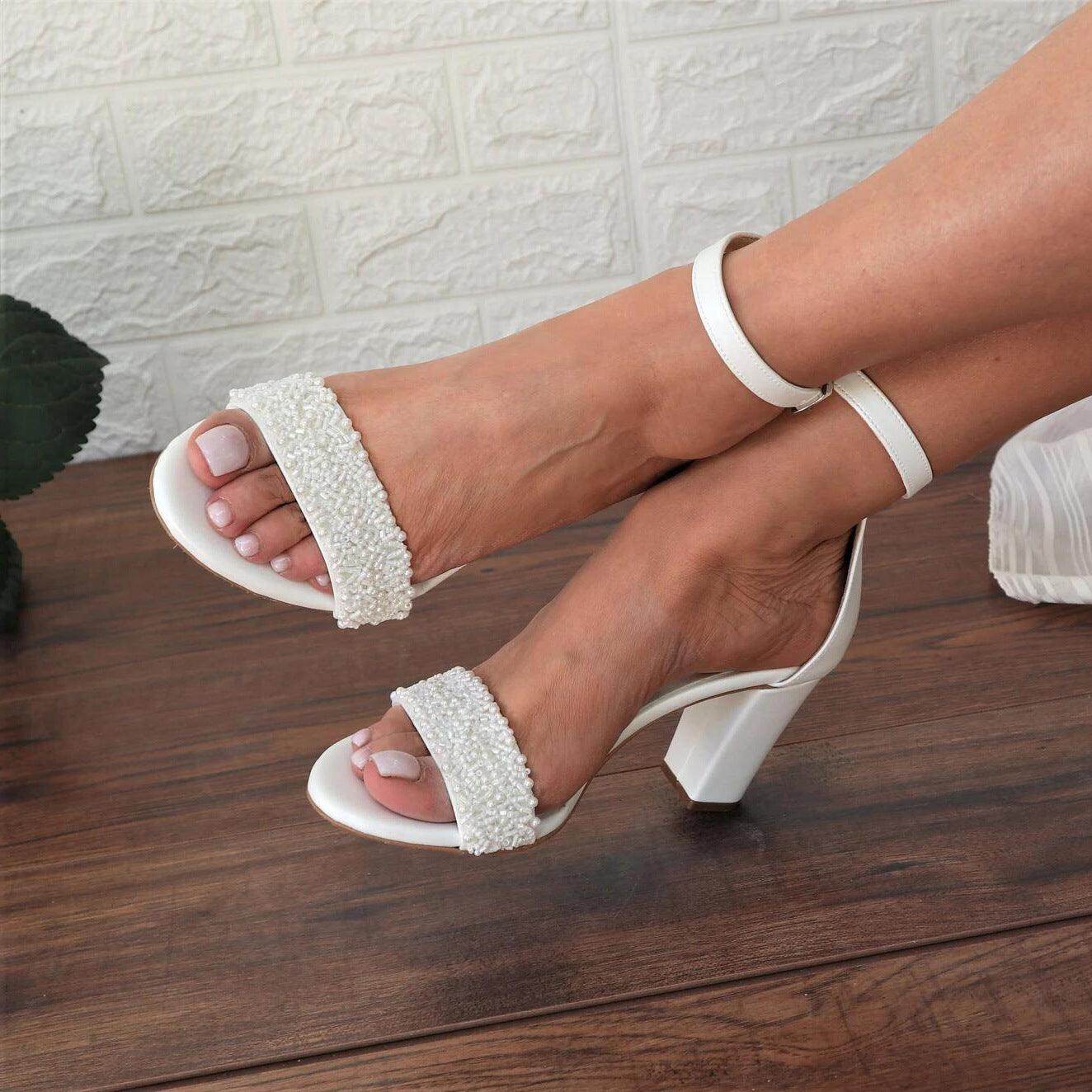Dress Preservation
General attention
Dresses should be stored in a room where the temperature and humidity levels are constant, such as a guest room or spare closet. Never store your dress in the attic or basement where there are extreme changes in temperature and/or humidity. It is best to keep it in a dark (unexposed to sunlight), and dry place, folded or rolled in a clean white sheet. Hanging your dress on a hanger is not recommended as it can cause stress to the fabric and create distortion. Do not store your dress in plastic such as a garment bag. Plastic can emit gases that will tend to yellow the fabric. If you decide to remove your dress from the one place to another, we suggest that cotton gloves should always be worn when handling dresses.
Dry Clean
After your wedding, you need to have your gown professionally cleaned. At this point, you may also choose to take your gown to a preservation specialist to have it treated to prevent discoloring.
Fold the Gown
If your dress comes with delicate beading or embroidery, please place the enclosed tissue paper over the detailing to prevent it from scratching the fabric. You can also flip the dress inside out as the fabric will provide a natural cushion to prevent the beading from breaking.
Yellowing
It’s important to note that one of the leading causes of bridal dress yellowing is the plastic bags that many brides keep their dresses in. Most plastics give off damaging fumes that actually promote yellowing. But, even with proper care, some fabrics will yellow more than others and it may be impossible to prevent all yellowing.
Generally, silk fabric yellows more than synthetic fabrics, such as polyester, rayon and acetate. However, nylon, which is a synthetic, has a tendency to yellow more than other synthetic fabrics. Dresses that can be wet cleaned have an advantage, in that if they do yellow, they may be able to be whitened for future use with a fabric whitener.
Preserving your dress in an acid-free environment is your best protection against yellowing. Padding your dress with acid-free tissue will help to prevent acid migration. Buffered tissue should be used for dresses made of synthetic fabrics such as polyester, rayon, and acetate. The buffering agents in the buffered tissue gives added protection against acid migration. But buffering agents may damage dresses made of animal proteins such as silk or wool, therefore un-buffered, and acid-free tissue is recommended for silk fabrics.
Permanent creasing
Flat storage is recommended for textiles and garments when possible. However, because of the size and dimensions of wedding dresses, it is impractical. Some compromise must be made, either by folding or hanging the dress. To help prevent permanent creasing, (cotton gloves should always be worn when handling preserved dresses) bagged dresses that are hung in a closet are better.
Mildew and mold
Keeping your dress in a breathable environment will protect it best from mildew and mold growth. When fabrics can breathe, the humidity level remains constant around the garment as excess moisture dissipates into the air. But, if moisture condenses inside a box or any container, then the dress is at risk for mildew and mold growth.
Oxidation spots
An oxidation spot can occur when a substance that was not properly cleaned on the dress oxidizes and turns brown. This can happen even if your dress has been cleaned as dry-cleaning solvents do not remove all substances. Spills from clear soda or wine may go unnoticed at the time of the initial cleaning. Unless these spills are pretreated, it is likely they will oxidize over time. Inspecting preserved dresses periodically ensures the dress remains in the best condition. The sooner an oxidized stain is caught, the more likely it will be able to be removed.
Light and dust
keeping your dress well covered will protect it from the damage caused by light and dust.










